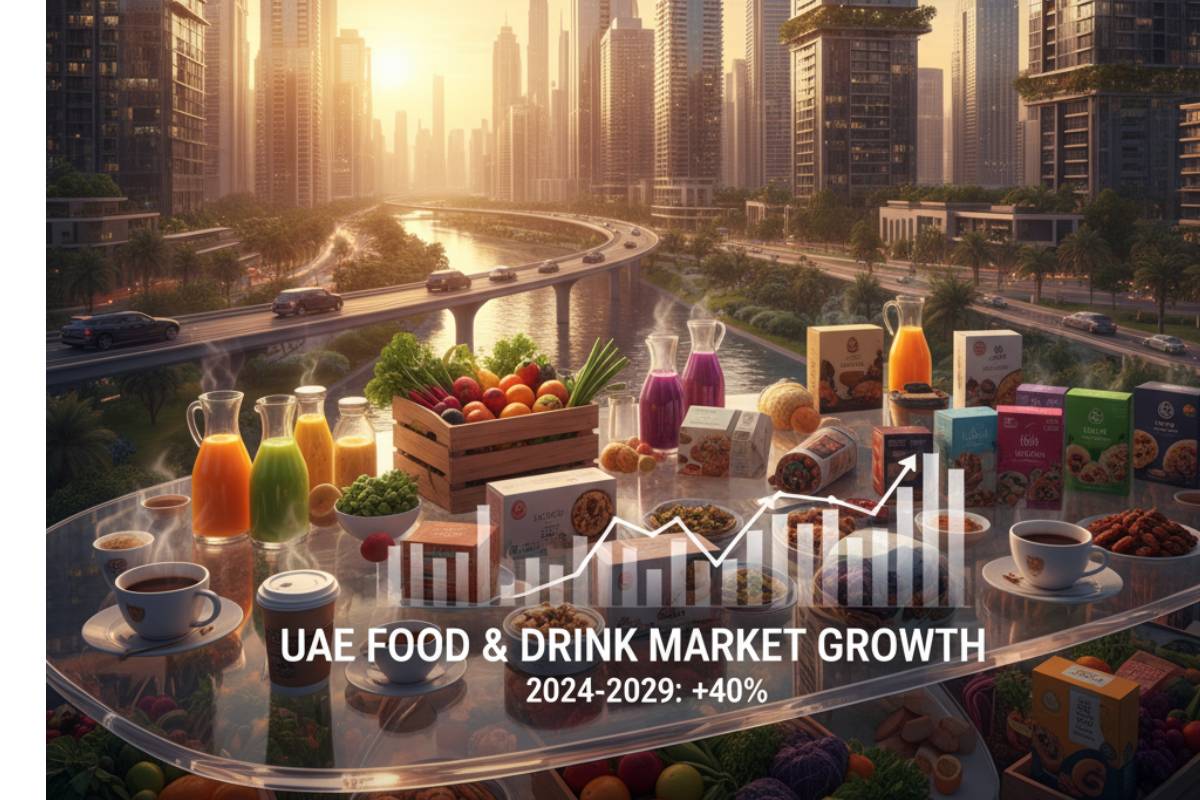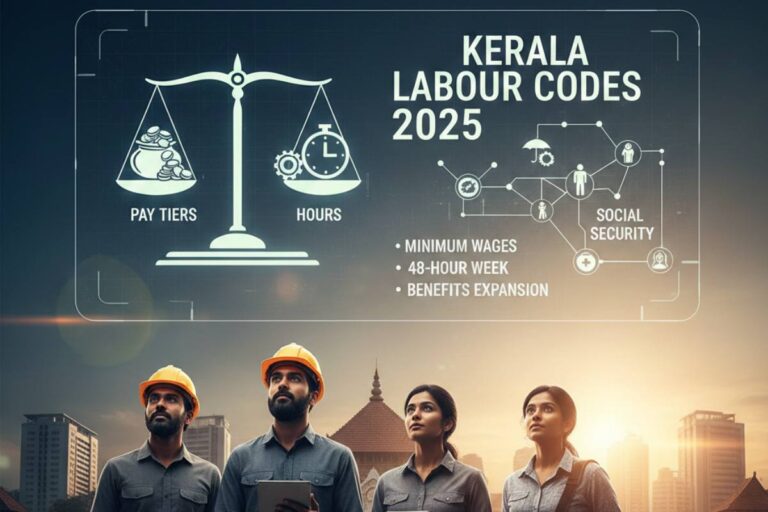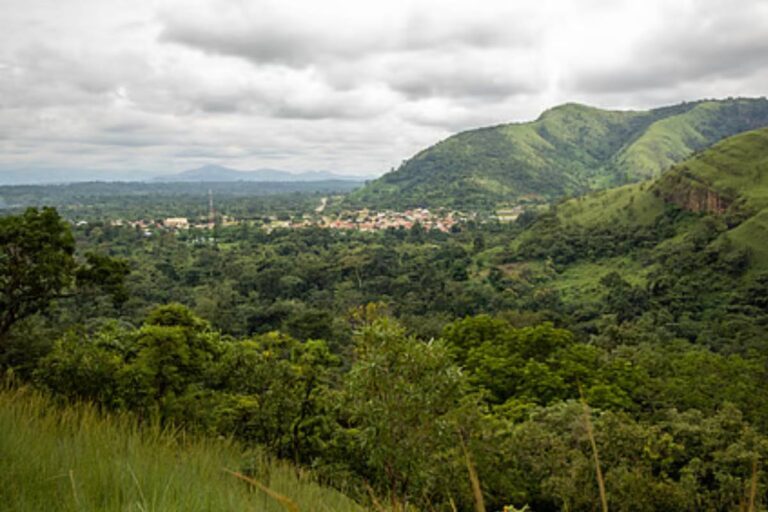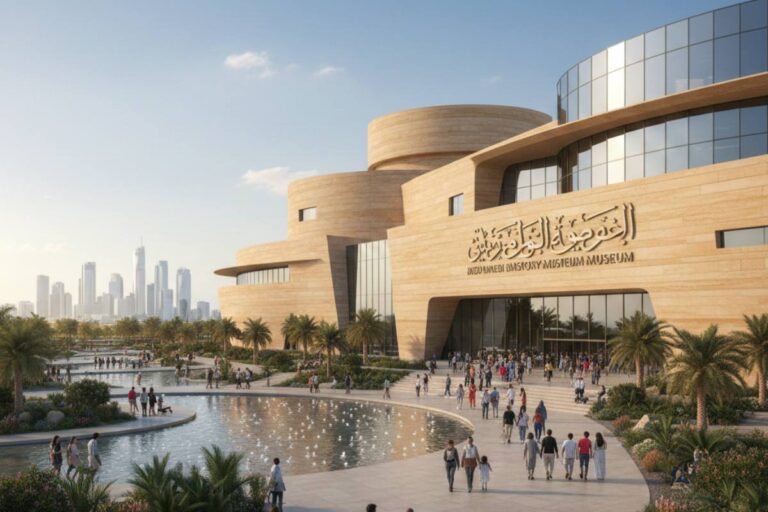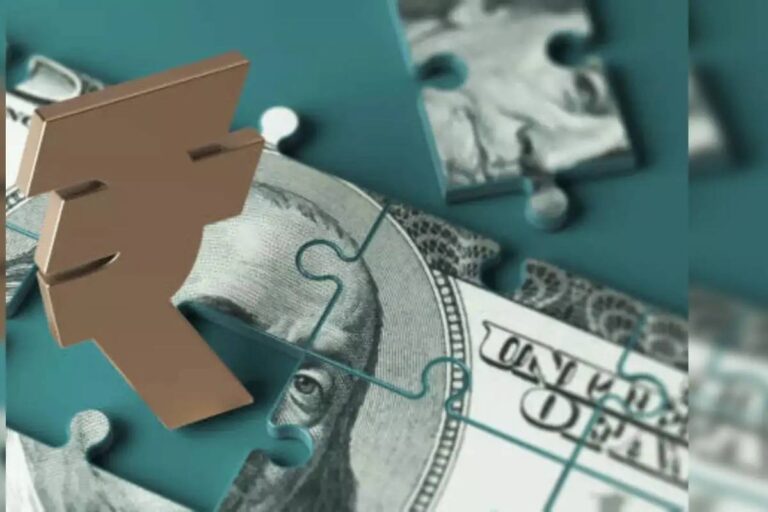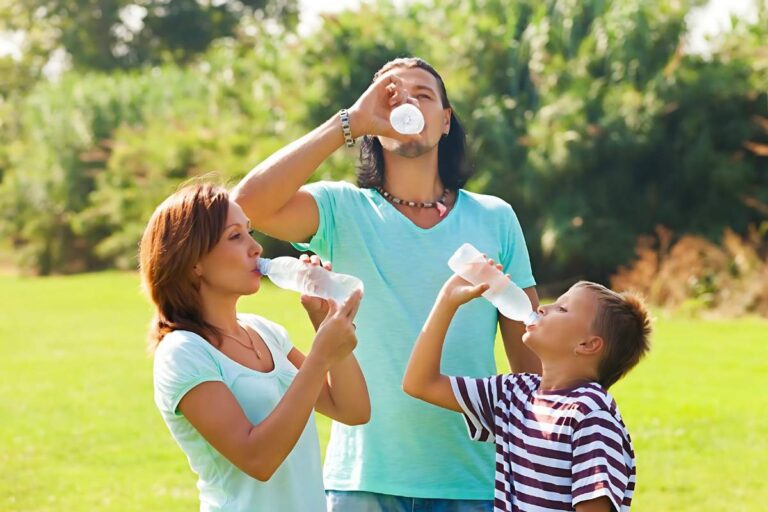Dubai, UAE – The UAE has become a global hub, and everyone knows it. But here’s something that might surprise you: the food and drink industry, which is already buzzing with activity, is expected to grow to almost $44 billion by 2029. Yes, that’s a big jump, and it’s because of things like a booming tourism industry and people being more picky about what they eat and drink. Why is this important? In a country where going out to eat is more than just a meal, this growth means more chances for businesses, jobs, and even how we think about food security in the area.
Think about it. The UAE has always been a melting pot, with its beautiful skylines and many different types of people. People from all over the world live and work in the same place, bringing their own tastes and customs. This mix isn’t just cultural; it also helps the F&B industry make money. As we go deeper, let’s figure out what’s really driving this market and what it could mean for regular people, like restaurant owners and coffee drinkers who just want a quick cup.
A Short History of the UAE’s F&B Scene
The story of the UAE’s food and drink market didn’t start all at once. In the 1970s, when oil money started coming in, the country mostly had to buy things like grains and dairy from other countries. Now, though, things are different. The government has put a lot of money into making the system more self-sufficient because it saw how weak it was when it relied too much on imports. Remember how the pandemic caused problems in the supply chain?
For example, look at Dubai’s Jebel Ali Free Zone (JAFZA). It has become a major player in the food and beverage trade, handling billions of dollars’ worth of goods each year. In 2021, trade there was worth AED 15.9 billion, and experts say it will keep going up by 6.8% every year until 2027. That’s not just numbers; it’s jobs, new ideas, and a way to protect against problems in the world. Or think about the start of events like Gulfood, the huge annual expo that attracts thousands of exhibitors. It has made the UAE a launchpad for global brands, from artisanal teas to high-tech food processing.
But we shouldn’t forget about the people. There are many stories of entrepreneurs who started small, like a family-run bakery in Abu Dhabi that grew into a chain after taking advantage of the halal market boom. These stories show how the sector has changed from being about basic needs to being a lively industry that mixes old and new. And as the population grows – it’s expected to reach more than 10 million by 2030 – the need for a wide range of high-quality options only grows stronger.
The Size of the Market Right Now
The UAE’s food and beverage market is doing well right now. The food service part alone made about $16.58 billion in 2024. That’s more than in the past, thanks to a rise in tourism after COVID. Street vendors, hotels, and cafes are all making money. If you look at the whole food and beverage industry, we’re expecting sales to reach $40 billion this year, with drinks making up a big part of that.
When you look more closely, hot drinks tell an interesting story. That niche reached AED 3 billion in 2023, thanks to a love of high-quality teas and coffees. There are coffee shops on every corner in Dubai and Abu Dhabi. A morning latte is more than just caffeine; it’s a ritual. What about drinks that don’t have alcohol in them? Their online sales are going through the roof, and they expect them to grow by 18.7% each year. It’s convenient, yes, but it also shows a change: people want their fizz without getting up from the couch.
Halal foods add something else. This part is huge because the UAE has a lot of Muslims and is a trade hub. It is expected to be worth more than $31.27 billion by 2029. Why? Appeal all over the world. Halal’s focus on ethics and quality – like sourcing cleaner and not using additives – appeals to people who aren’t Muslims. It’s not just talk; the market is responding to what people really want.
Of course, these numbers aren’t the only ones. They are connected to the economy as a whole. In 2022, the UAE was the best country in the Arab world on the Global Food Security Index. This is because of smart policies that keep shelves stocked even when there are shortages around the world.
Main Factors Driving Growth to $44 Billion
So, what is driving this market toward the $44 billion mark by 2029, with a compound annual growth rate (CAGR) of 6.8%? Let’s break it down, because knowing these drivers isn’t just for school; it affects policy and investment.
First of all, there are people and tourists. Every year, millions of people visit the UAE looking for real experiences. Tourism brought in a lot of money for food and drink businesses in 2023. By 2025, food and drink businesses are expected to make $8.9 billion. Imagine a tourist in Dubai walking from a fancy fusion restaurant to a shawarma stand on the street. That variety creates demand.
And then there’s money you can spend. Emiratis and expats can both afford to eat out more now that wages are going up and there are no taxes. It’s caused a lot of high-end options to appear, like organic, gourmet, and so on. Being aware of your health is important too. People are choosing fresher foods and drinks over processed junk, which is causing the global market for organic foods and drinks to grow at a rate of 18.6% per year. The UAE is riding that wave.
We can’t ignore what the government is doing. The industry is moving toward sustainability because of bans on single-use plastics in 2024 and 2026. It’s in the passive voice, but it’s happening: rules are being put in place to cut down on waste, which helps eco-friendly brands. And don’t forget about going digital. E-commerce for drinks is growing quickly, with apps that let you subscribe and choose your own drinks.
This is clear from what experts have said. Renata Messarra, managing director of Reborn Consultancy, says in a talk about trends in the Middle East, “It’s clear that people are making healthier choices.” “Consumers are seeking plant-based and gluten-free options… it’s about lifestyle, really”. The pause in her words captures the essence: it’s not forced; it’s what people want.
This growth is important for the economy because it has ripple effects. More F&B activity means more jobs, from chefs to suppliers, and it makes food security stronger. That’s a lot for a country in the desert.
New Trends That Are Changing the UAE’s Food and Beverage Industry
The food and drink scene in the UAE is changing quickly, and these changes aren’t just fads. They are responses to what people want, shaped by changes around the world but made to fit local tastes.
Health and wellness come first. Functional foods, like probiotic drinks or teas that boost the immune system, will be very popular by 2025. Awareness campaigns and a focus on health after the pandemic are what drive it. There is also a lot of demand for organic foods, especially those that are low in sugar and made from plants. What does this mean? It gives people the power to make choices that lead to longer, healthier lives, which will lower healthcare costs in the long run.
Another big deal is sustainability. Because the UAE is committed to lowering carbon footprints, F&B companies are switching to eco-friendly practices. It’s becoming normal to get things from the farm to the table and use packaging that doesn’t waste anything. The new publication Gulfood Green brings attention to this. A story: Last year, a small cafe in Dubai switched to biodegradable cups and saw a big increase in repeat customers. This shows that going green pays off.
Digital transformation is changing the way we shop and eat. Cloud kitchens are handling delivery booms, and online platforms are using AI to make recommendations. Sure, it’s convenient, but it also helps new businesses get started. Local business owners are making apps for hyper-local produce that link farmers directly to customers.
Halal isn’t just a niche; it’s a big deal. As certification standards get stricter, people around the world are trusting products more. This makes the UAE a leader in halal exports, which brings in money.
Isn’t it interesting how these trends come together rhetorically? For example, organic halal lines are good for your health and the environment. It’s making the market stronger.
Segment Breakdown: Looking at Specific Areas
Let’s look at the main parts more closely to get a better idea. Each one has its own story of growth that adds to the $44 billion forecast.
- Market for Hot Drinks: It will be worth AED 3 billion in 2023 and will keep growing steadily until 2029. Coffee is still the most popular drink, but teas, especially herbal ones, are becoming more popular because of health trends. E-commerce and cafes are the most important ways to get products out there, and premium brands like Starbucks and Lavazza are at the top.
- Halal Food and Drinks: Expected to reach more than $31.27 billion by 2029. Tourism and ethical sourcing are what keep it going. Certification makes sure that everything from meat to snacks is of high quality, which is appealing to people who aren’t Muslim.
- Food Service Sector: This is growing at a rate of 12.2% per year, going from $16.58 billion in 2024 to $50.21 billion by 2033. Apps and mall integrations are making quick-service restaurants and experiential dining very popular.
- Organic and Specialty Foods: Global specialty food and beverage sales are growing at a rate of 12%, and the UAE is seeing the same trend with demand for unique, health-focused items.
These parts don’t stand alone; they overlap. A halal organic tea that you can buy online is a hit with a lot of people.
Problems with the UAE’s Food and Beverage Market
But growth isn’t always easy. There are still problems with the supply chain, like changes in the price of raw materials. Adaptation is needed because of strict rules, like those on plastics. There are more than 2,000 food and beverage manufacturers fighting for market share.
There is a need for new ideas because tastes are changing, and the lack of workers in the hospitality industry makes things harder. But these problems also make people more creative, like using technology to be more efficient.
What $44 Billion Means for the UAE in the Future
The $44 billion mark by 2029 is more than just a number; it’s a big deal. The sector could reach even higher heights, with CAGRs ranging from 4.89% for food overall to higher for niches.
What does this mean? More jobs (possibly thousands), a wider range of industries besides oil, and better food tourism. For businesses, it’s a chance to invest in health trends, digital tools, and sustainability. More choices and better quality for customers.
This growth is basically a sign of the UAE’s ambition. One expert said, “We’re seeing… um, a real transformation here, you know?” with some hesitation but hope. It’s thrilling and even a little scary. What will happen?
But let’s go back to the beginning: this isn’t abstract. It’s about the meals we share and the businesses we help. The UAE’s role in the world grows as the market grows. Keep an eye on this space; it’s only going to get better.








